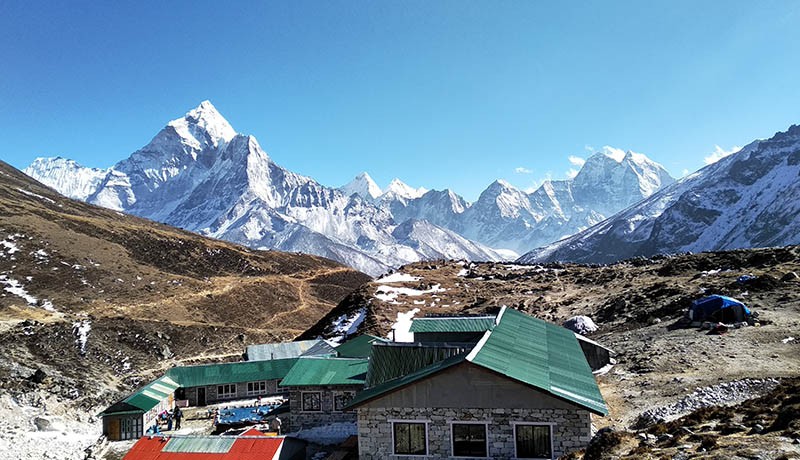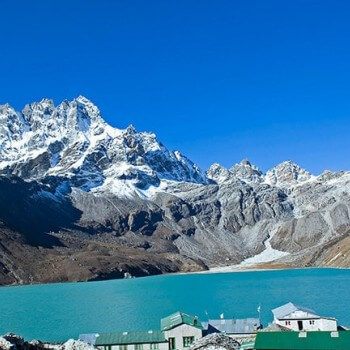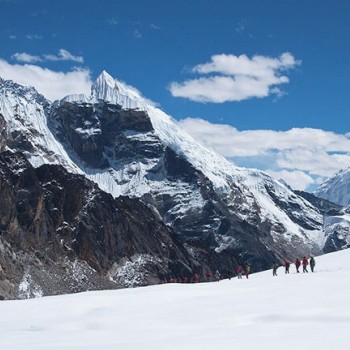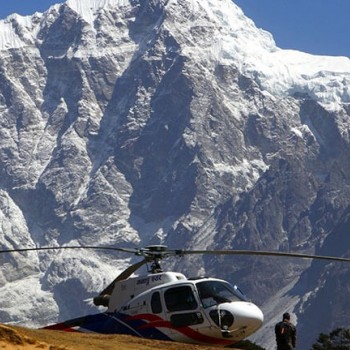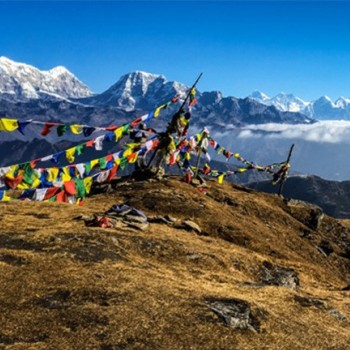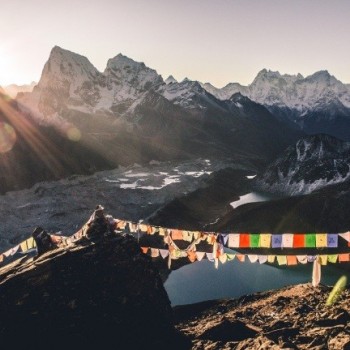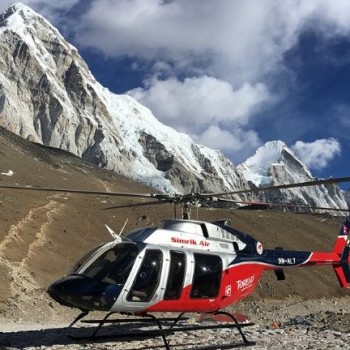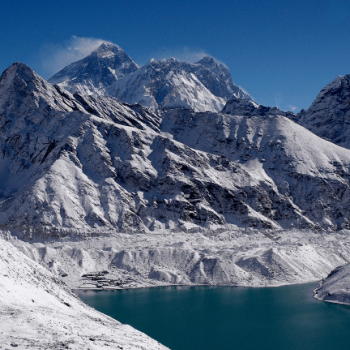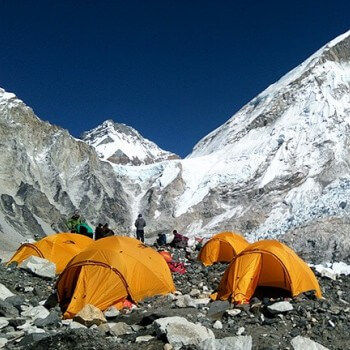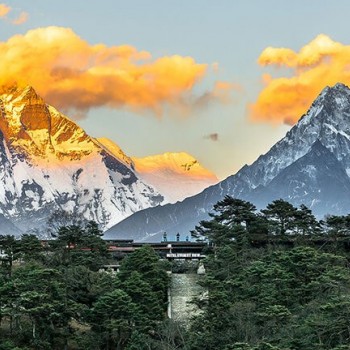Useful Information
Short Everest Base Camp Trekking Route
The total walking distance of the short Everest Base Camp trek comes around 130kms commencing from Lukla. Since we will be skipping the acclimatization days, the average walking distance per day will be around 13kms which will take 5-7 hours depending on the occasional stops.
Your journey of the short Everest base camp trek begins as soon as you board the flight from Kathmandu to Lukla. After arriving at Lukla, you will begin tracing the Everest base camp trekking trails. From Lukla, the trail passes mostly alongside the beautiful Dudh Kosi River to Phakding where you will be staying the first night.
From Phakding, you will be walking to the heart of Khumbu, Namche Bazaar. On the way, you will be passing through some beautiful villages like Monjo and Jhorsale. This is the day when you enter the Sagarmatha National Park and get your permits checked. Overnight in Namche.
From Namche, the trail goes upwards to Tengboche monastery. On this day, you will discover astonishing views of Mt. Thamserku, Ama Dablam, Lhotse, and Mt. Everest in the backdrop. There are a few teahouses in Tengboche where you can stay overnight. From Tengboche, the trail makes up to Dingboche via beautiful villages like Pangboche and Somarey.
From Dingboche, the trail passes through amazing mountain scenarios and interesting trails to Lobuche. Lobuche is a small village at the feet of the stunning Lobuche peak. Be sure to stay hydrated and walk patiently throughout the trail.
From Lobuche, you will trek further to Gorak Shep, the last village and then to the Everest Base Camp. After visiting the base camp, you will retrace the trail back to Gorak Shep and will sleep there.
The next day is about hiking to Kalapathar, the most popular viewpoint of Everest. The early morning hike and the enchanting sunrise view at Kalapathar are remarkable. From there, you will return to Gorak Shep and will trek back to Phakding village. Retracing the amazing trekking trails, you will walk back to Namche to Lukla, and will fly to Kathmandu.
The short Everest base camp trek is 10 days trekking. Trust me, you will love everything about these 10 days. Grab the memories here and cherish them for a lifetime!
Food and Accommodations During Short EBC Trek
As soon as you have Everest base camp trekking in your mind, you should know that this trek is a remote trek. Though the trekking trails and the villages are remote, there are well-facilitated teahouses and lodges. It is obvious that you will not find five-star hotels, but for the remoteness, the services the teahouses provide are a lot more.
The food menus consist of some local as well as international cuisines. Trying local food is always recommended. While trekking in Everest, you will be having meals three times a day at the teahouses and lodges.
Note: Food and accommodation become more basic as you go up to the higher altitudes. This is due to the remoteness of the place that increases with altitude.
Short EBC Trek Difficulties
The major difficulty during short Everest base camp trekking is due to the altitude. Most of the trekkers fear to suffer from altitude sickness. But, with proper plans, preparations, and cautions, altitude sickness shall not be the major difficulty.
Weather and temperature at the high altitude Himalayan region of Nepal. So, it is always necessary that you pack adequate gear for your trek. Also, it is necessary that you keep informed about the weather and temperature prevailing in the region before you go. Look if there are any weather alerts before you start off.
Trekking in the rugged and remote trails can be challenging for beginners. So, to keep away from it you can do some hikes near your place, do some exercise, and training as EBC trek preparation.
Best Time for the Short Everest Base Camp Trek
Autumn (September to November) and Spring (March to May) are the most popular time for Everest base camp trekking. During these times, the weather and temperature in the Khumbu region remain stable and favorable for trekking. Also, the atmosphere remains clean. You will see the splendid Himalayan views. Trekking in the best time means you will have a comfortable as well as a wonderful time with nature.
Weather & Temperature
Due to the proximity to the mountains, the Everest range has ever-changing and unpredictable weather. The temperatures are usually warm during the day at the favorable seasons but drop drastically during the night, especially at higher elevated areas.
Nepal normally witnesses four seasons in a total year and the temperatures of the Everest region differ in each season. During the summertime, temperatures climb up to 17 degrees during the day and drop down to 5 degrees during dusk. Similarly, in the winter season, the climate is very cold, especially after sundown. The temperatures climb up to 20 degrees during the day and fall to -17 degrees during the night. You can expect freezing temperatures during the morning and evening during the winter season.
On the other hand, during the favorable seasons, the temperatures are much better and tolerable. During the springtime, temperatures fluctuate between 15 degrees during the day and -10 degrees during the nighttime. Similarly, during the autumn, the days witness an average temperature of 20 degrees and they normally fall down to -10 degree during the night. However, during these times of the year, the skies are much clearer providing a sharper view of the mountains.

